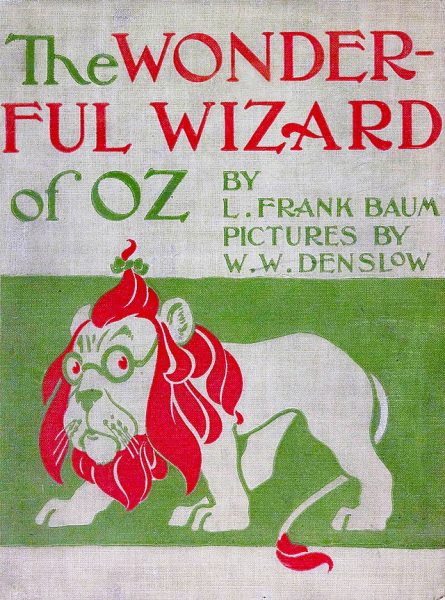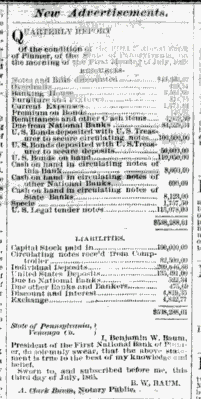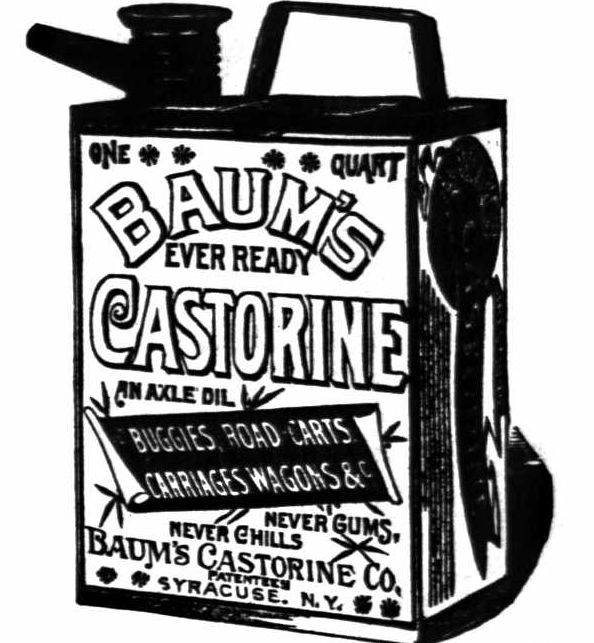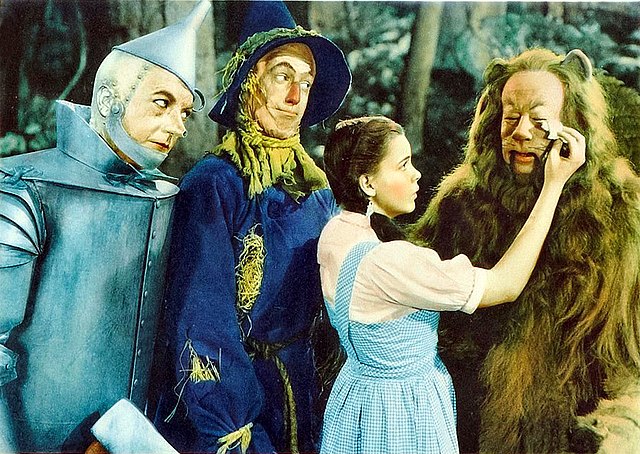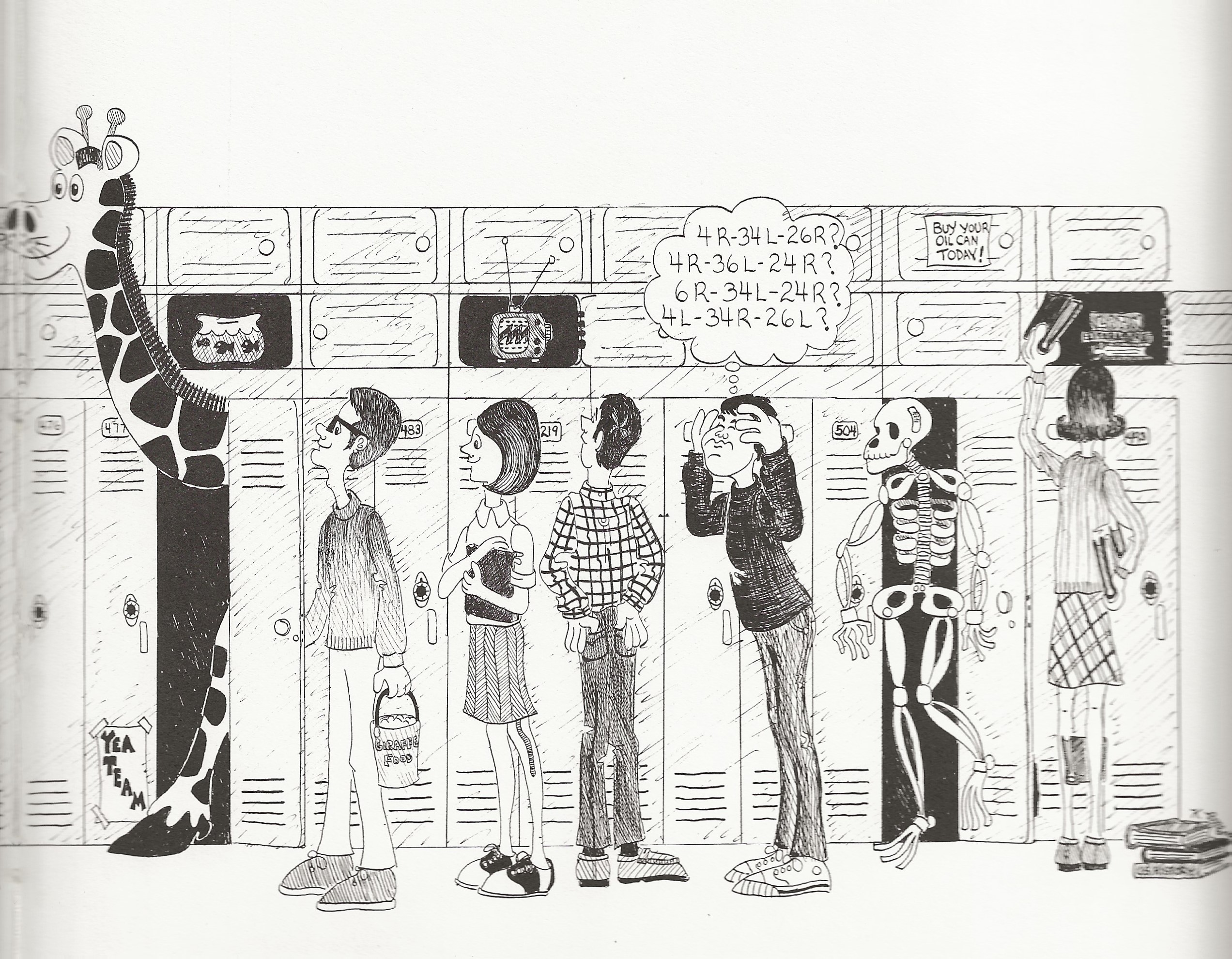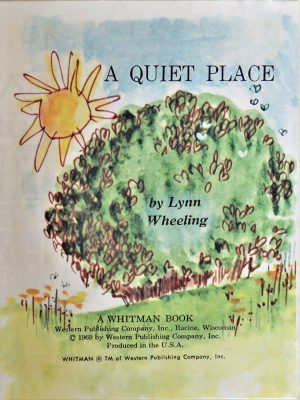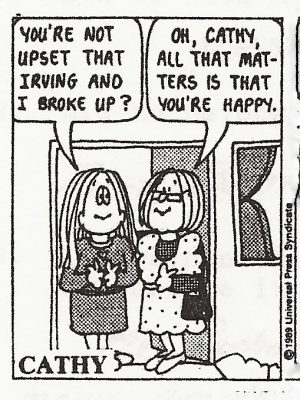From Oil to Oz
- Judy Etzel
- October 8, 2021
- Hidden Heritage
- 3233
The early oil and gas industry in the Oil Valley spawned enormous wealth for many and a great number of those who benefited from their investments allowed their families and employees to pursue other ventures. Their solid financial futures resulted in the time, expertise and wherewithal to invent things, expand their culture, engage in the arts and more.
One such oil legacy resulted in the children’s classic – L. Frank Baum’s “The Wonderful Wizard of Oz”. The oil boom is forever immortalized in the form of the Tin Man, a caricature wearing an oil funnel for a hat and a tin body that required regular oiling.
Here’s how it started:
Benjamin W. Baum, born in 1821 in New York, was in the barrel-making business with his brother. Intrigued with Col. Edwin Drake’s successful well near Titusville in 1859, Baum came to the western Pennsylvania oil fields and drilled oil wells in the Titusville, Cherrytree and Plumer areas.
Flush with success, Baum and his brother helped found the village of Plumer where they started the First National Bank of Plumer. Benjamin served as president. An 1865 legal advertisement in the Oil City Register newspaper lists a net value of $538,288.01 for the bank.
Another article in the newspaper lauded the bank: “We doubt whether any National Bank in the country can make a better (quarterly) report, or one more calculated to inspire confidence. The President, B.W. Baum, is a competent gentleman.”
Moving on, they relocated to New York where they purchased an oil company that specialized in lubricants.
Soon after, L. Frank Baum and Benjamin Baum Jr., Benjamin Sr.’s sons, founded the Castorine Oil Co. that produced axle grease. The product was described in accounts as a “lubricant so smooth it makes the horses laugh.” Frank worked as the chief salesman and traveled a lot.
“That was ideal for what was to come,” according to writer Jessica Hilburn in an article in Titusville’s Benson Memorial Library archives. “… The idea of a Tin Woodman hit Frank out of the blue. While selling oil cans, he conjured a character who would be in perpetual need of its service. There, the Tin Man was born.”
Success in the oil fields by the elder Baum gave his son, Frank, the opportunity to launch a writing career.
“His father’s prosperity in the oil business permitted Frank to pursue writing, publishing journals and writing for the stage,” wrote Bruce Wells, editor of the American Oil & Gas Historical Society’s history page.
“There were nine daily and 18 weekly newspapers published in the Oil Region. Benjamin Baum, thanks to income from his oil profits, had acquired several small theaters in New York and Pennsylvania, perhaps setting the stage for his son’s future.”
In 1886, the Castorine oil company was shaken up by the sudden death of Benjamin Jr. A year later, the elder Baum died. And, according to writer Wells, “the (company) bookkeeper gambled away all the profits.” Frank then sold the company a year later and embarked on his writing career.
In 1900, he published “The Wonderful Wizard of Oz” and it was an immediate national success. It was made into a Broadway musical and it then became the classic movie, starring Judy Garland, in 1939.
The author, though, died in 1919 in Hollywood, Calif., and was unaware of just how popular his work was as a result of the movie.
“L. Frank Baum created a sensation that has impacted children and adults across the world for over a century,” wrote Hillburn. “None of it would have been possible without the influence and affluence of the Pennsylvania Oil Region.”
Hillburn also offered a reason why the location was called “Oz.”
“He was telling a story to kids and one asked what the name of his magical kingdom was,” notes Hillburn, adding Baum looked across the room, saw a label “O-Z” on a filing cabinet and said the kingdom was known as Oz.
Oil Region Illustrators
The Oil Valley has been claimed as home by many writers and illustrators for many years. Here’s a sampling of the artistic talent with strong ties to the area:
Two Oil City High School graduates had their artistic talents showcased in their annual yearbooks.
One Oil City teacher wrote and illustrated children’s books.
The great-granddaughter of an Oil City couple had a nationally syndicated comic strip.
Kathy Borland, a 1968 OCHS graduate, had several caricatures featured in her senior yearbook.
While a student in Carnegie-Mellon University’s set and costume design program, she worked as a student assistant on the Mister Rogers Neighborhood program on PBS.
She graduated with a Master of Fine Arts Degree and, after working for a while in Los Angeles and New York City, took the job of art director for the Mister Rogers production and was responsible for characters, sets and props.
Phil Wilson, a 1966 Oil City High School graduate, drew dozens of student and faculty caricatures for his senior yearbook.
He is a graduate of the Art Institute of Pittsburgh where he has a studio. The well-known author and illustrator of children’s books has created 90-plus illustrated books and is a key Disney artist. He specializes in classic Disney character art and dinosaurs.
Wilson, an award-winning and internationally published artist, has worked on films and television programs and done work for commercials, jigsaw puzzles and greeting cards.
Lynn Wheeling, a 1954 Oil City High School graduate, published more than nine children’s books as well as created cartoon strips, advertising pieces and more. The roster includes the popular “Oil & Dumb” cartoon strip for The Derrick newspaper starting in 1977.
Her children’s books, which she wrote and illustrated, remain in circulation.
She graduated from Indiana State College, taught art in York and Phoenix, Ariz., while spending the summers in Oil City where she supervised the Hoffman Avenue playground.
After working as a Braniff airline hostess, she became a designer for a national card company and was a free-lance illustrator in New York City.
In the 1970s, she took a job as the art teacher for the Oil City Junior High School and Lincoln School.
Cathy Guisewite has strong ties to the Oil Region. Her great-great-great-grandfather, James McComb, was an innkeeper, oil merchant and oil producer in Oil City. He owned a well on what would be millionaire and ne’er-do-well Coal Oil Johnny’s farm near Rouseville.
McComb, a millionaire, helped found several schools in small communities, including Rouseville and Rynd Farm. His son, George, was a mail agent whose territory included Oil City.
George’s daughter, Veora McComb, married Reno Guisewite, a White Star Laundry employee in Oil City. They were Cathy Guisewite’s great-grandparents.
They are all buried in Grove Hill Cemetery in Oil City.
Guisewite’s comic strip, “Cathy”, was published in newspapers across the U.S. from 1976 to 2010. The strip focused on women’s issues and challenges and won an Emmy Award in 1987 for the cartoonist for her television special, “Cathy.”
Support This Project
Donations to the library are appreciated to help offset printing costs & make this project possible!
Make a DonationWritten by Judy Etzel with research by Kay Dawson and design by Natalie Cubbon.

